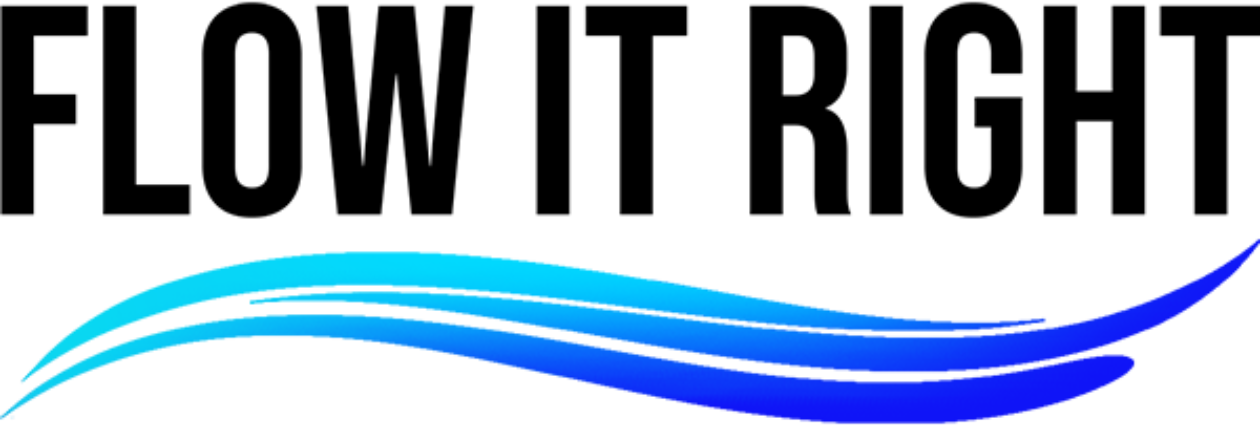
Supply Chain Design
Ensure a fast, complete, and consistent delivery performance of all goods and services
Our business operating model is based off of demand driven operations that place customer service and consistent product delivery to internal and external customers as its highest priority. It is a cross functional business model consisting of supportive weekly planning and daily execution systems and processes. The strength of our operating approach is its inherent ability to maintain a consistent emphasis on delivery performance, while keeping tight control of cost and inventory.
Production Planning and Inventory Control
We leverage our MPS and MRP knowledge to assist companies in planning their many items daily and to ensure they always prepare for future demand.
Every manufacturing company perform supply planning, typically once a week, to calculate how many production orders and purchase orders to execute to fulfil that week’s sales demand.
Our MPS expertise helps the manufacturing companies to have a check on their current inventory and gives them an idea by how much quantity they will require to increase production to meet the demands of the future for Finished Goods.
Our MRP knowledge helps the manufacturing companies to have a check on their current inventory of components and gives them an idea of how much quantity they will be required to purchase according to the Bill Of Material (BOM) to meet demands of the Finished Good (FG).
Pull System
Our method of production control in which downstream activities signal their needs to upstream activities. Pull production strives to eliminate overproduction and is one of the three major components of a complete just in time production system. In pull production a downstream operation provides information to the upstream operation about what part or material is needed, the quantity needed, and when and where it is needed. Nothing is produced by the upstream supplier process until the downstream customer process signals a need.
Heijunka
Our method of leveling production at the final assembly line that makes just in time production possible. This involves averaging both the volume and sequence of different model types on a mixed model production line. Heijunka is crucial to avoid excessive batching.
Total Productive Maintenance (TPM):
Unlike traditional preventive maintenance, which relies on maintenance personnel, TPM involves operators in routine maintenance and improvement projects, as well as simple repairs. For example, operators perform daily activities such as lubricating, cleaning, tightening, and inspecting equipment.
The approach is termed total in three senses.
First, it requires the total participation of all employees: not only maintenance personnel but line managers, manufacturing engineers, quality experts, and operators.
Second, it seeks total productivity of equipment by focusing on all of the six major losses that plague equipment: downtime, changeover time, minor stops, speed losses, scrap, and rework.
Third, it addresses the total life cycle of equipment to revise maintenance practices, activities, and improvements in relation to where equipment is in its life cycle.

